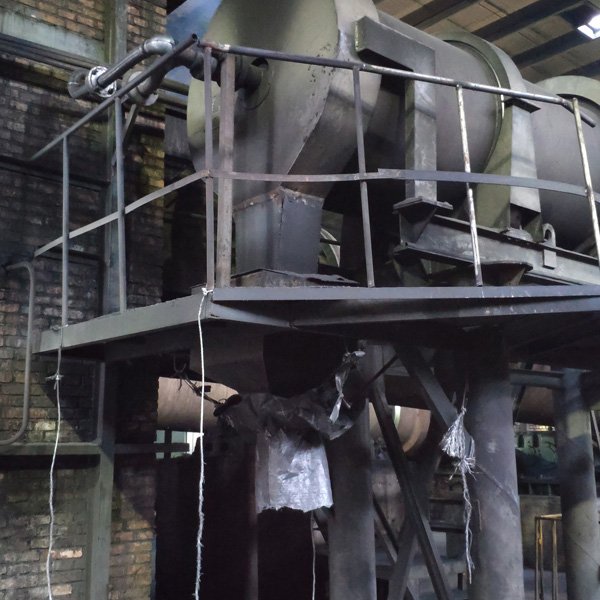+86 17737144966
What if we told you that 80% of groundwater systems worldwide contain trace pharmaceuticals and industrial byproducts? As emerging pollutants challenge conventional water treatment methods, one technology stands out for its precision and versatility: activated carbon filters. This article explores why these filtration systems have become indispensable in modern water purification infrastructure.
Activated carbon filters operate through adsorption – a process where contaminants bond to the carbon surface through electrochemical attraction. The honeycomb-like structure of activated carbon provides a surface area exceeding 1,000 square meters per gram, equivalent to filtering an Olympic-sized swimming pool through a sugar cube-sized space.
Three critical factors govern their efficiency:
This structural complexity enables simultaneous removal of diverse contaminants, from chlorine byproducts to pesticide residues, achieving up to 99.7% reduction in volatile organic compounds (VOCs).

Unlike membrane systems or chemical treatments, activated carbon filters provide multi-stage purification through a single medium. Key benefits include:
| Parameter | Performance |
|---|---|
| Chlorine Removal | 90-95% efficiency |
| Organic Compound Reduction | 85-99% depending on molecular weight |
| Flow Rate Maintenance | 0.5-2.5 gpm/sq.ft with proper grading |
| pH Tolerance | Operates effectively at 5.5-9.5 pH range |
Field studies show these systems reduce trihalomethane formation potential by 40-60% in municipal plants, significantly lowering disinfection byproduct risks.
Water treatment engineers deploy activated carbon filters in three primary configurations:
In a recent flood mitigation project, granular activated carbon (GAC) filters removed 98.2% of absorbed petroleum hydrocarbons within 12 hours of contaminated water ingress.
While activated carbon filters typically last 2-5 years, proper maintenance can extend service life by 30%. Critical maintenance parameters include:
Advanced plants now employ dielectric sensors to measure carbon exhaustion levels in real time, optimizing replacement schedules.
Recent advancements in carbon activation processes have yielded 40% higher mesopore density compared to traditional steam-activated versions. Emerging applications include:
Ongoing research focuses on creating graphene-enhanced carbon matrices that double adsorption kinetics while maintaining pressure drop characteristics.
Q: Can activated carbon remove dissolved salts?
A: While ineffective against ionic contaminants, hybrid systems combining carbon filters with ion-exchange resins achieve complete demineralization.
Q: What's the carbon consumption rate for a 1 MGD plant?
A: Typical consumption ranges from 500-2,000 kg/month based on water quality. Closed-loop reactivation systems can reduce virgin carbon use by 65%.
Q: How does temperature affect performance?
A> Adsorption capacity decreases 1-2% per °C above 25°C. Tropical plants often incorporate pre-cooling towers for optimal operation.
With its unique ability to handle both known and emerging contaminants, activated carbon filtration continues to outperform many advanced oxidation processes in cost-efficiency. As water quality regulations tighten globally, this adsorption workhorse remains central to achieving WHO-recommended purity standards while maintaining operational flexibility.